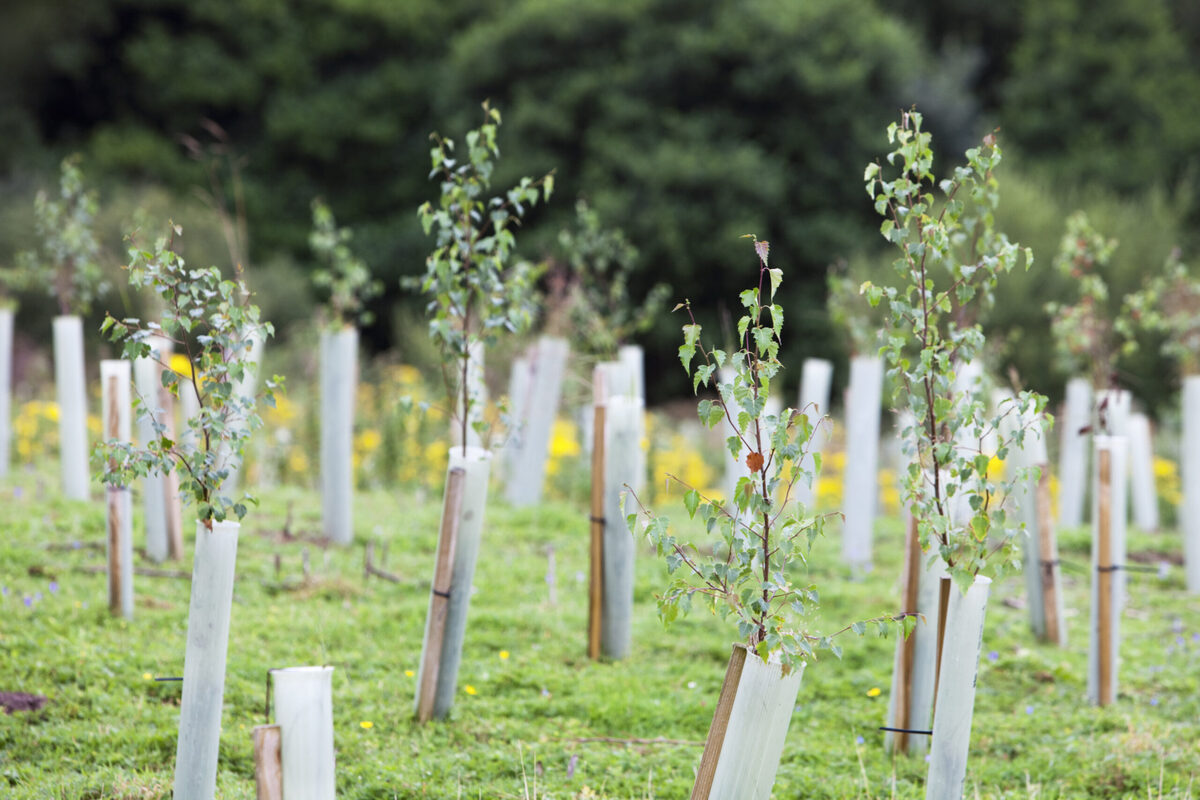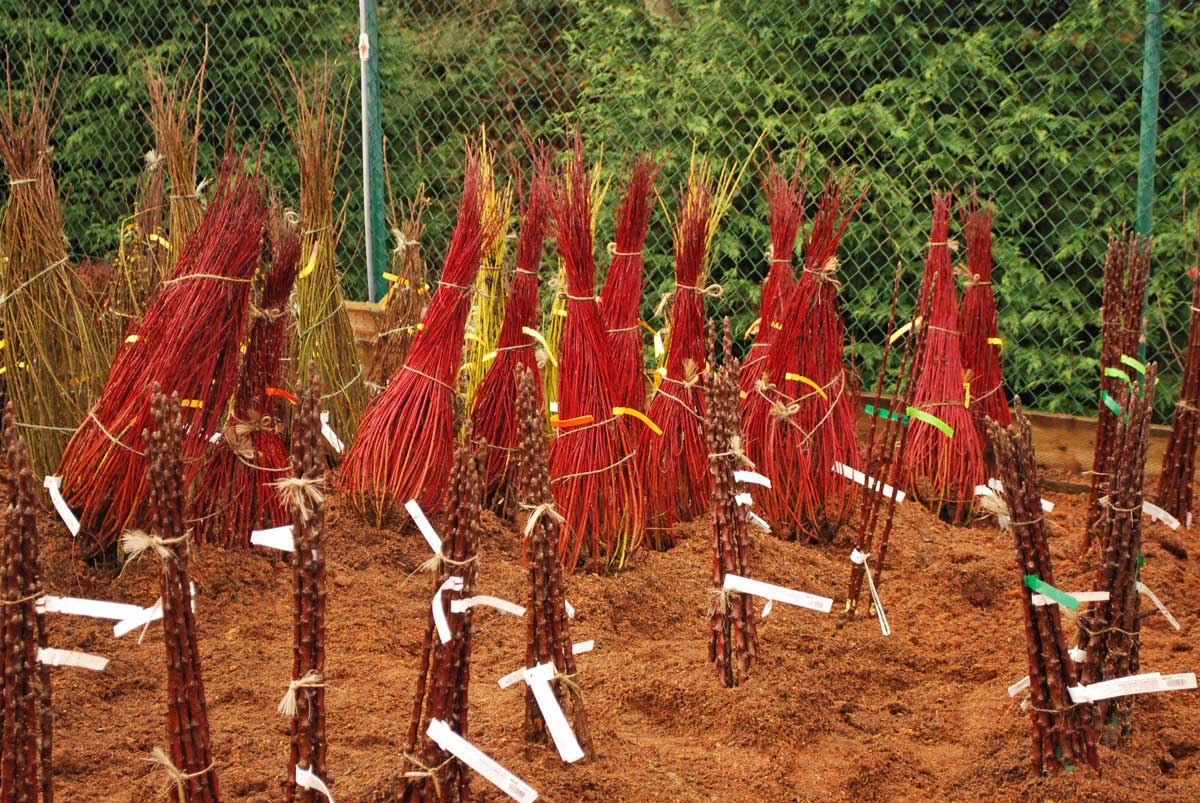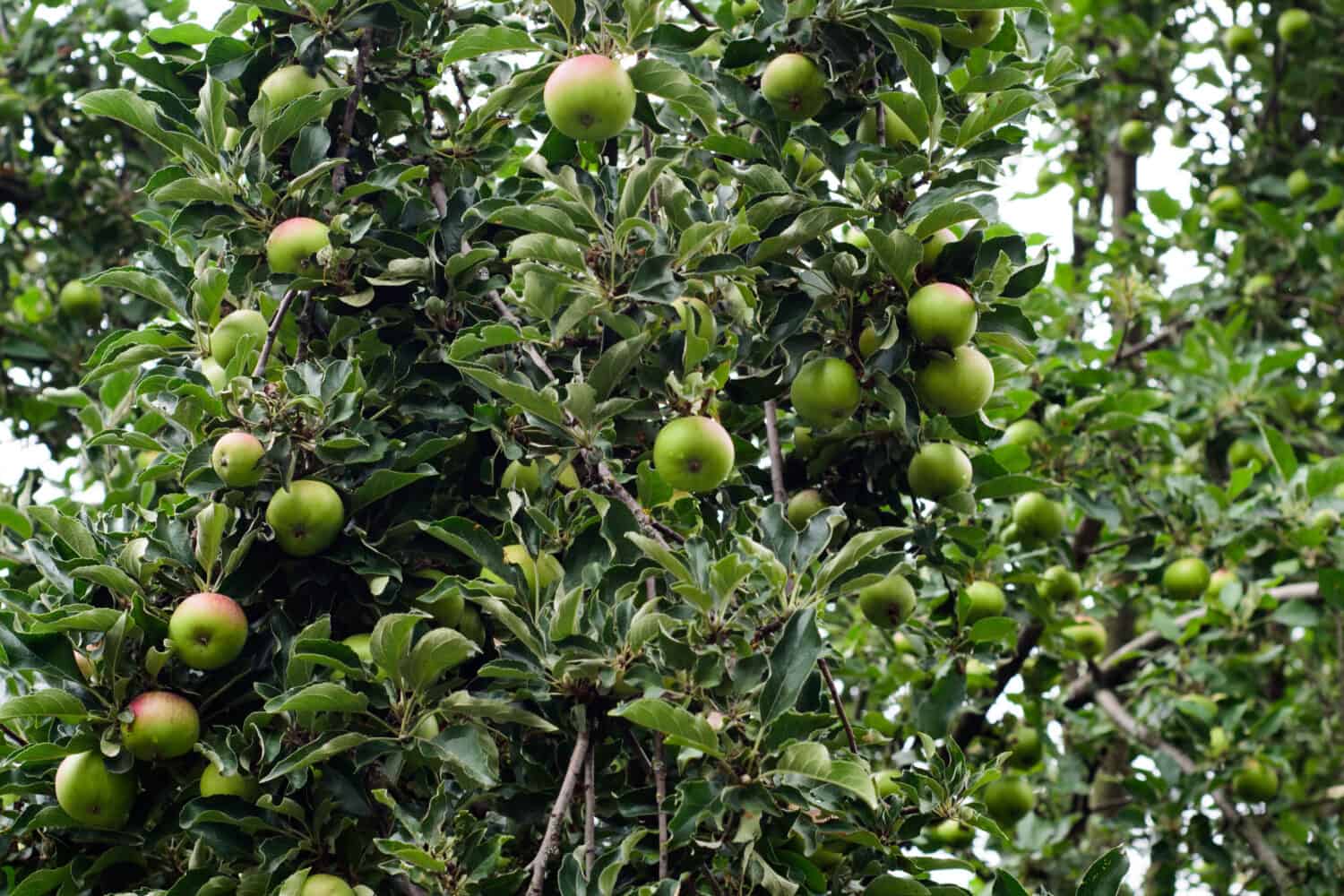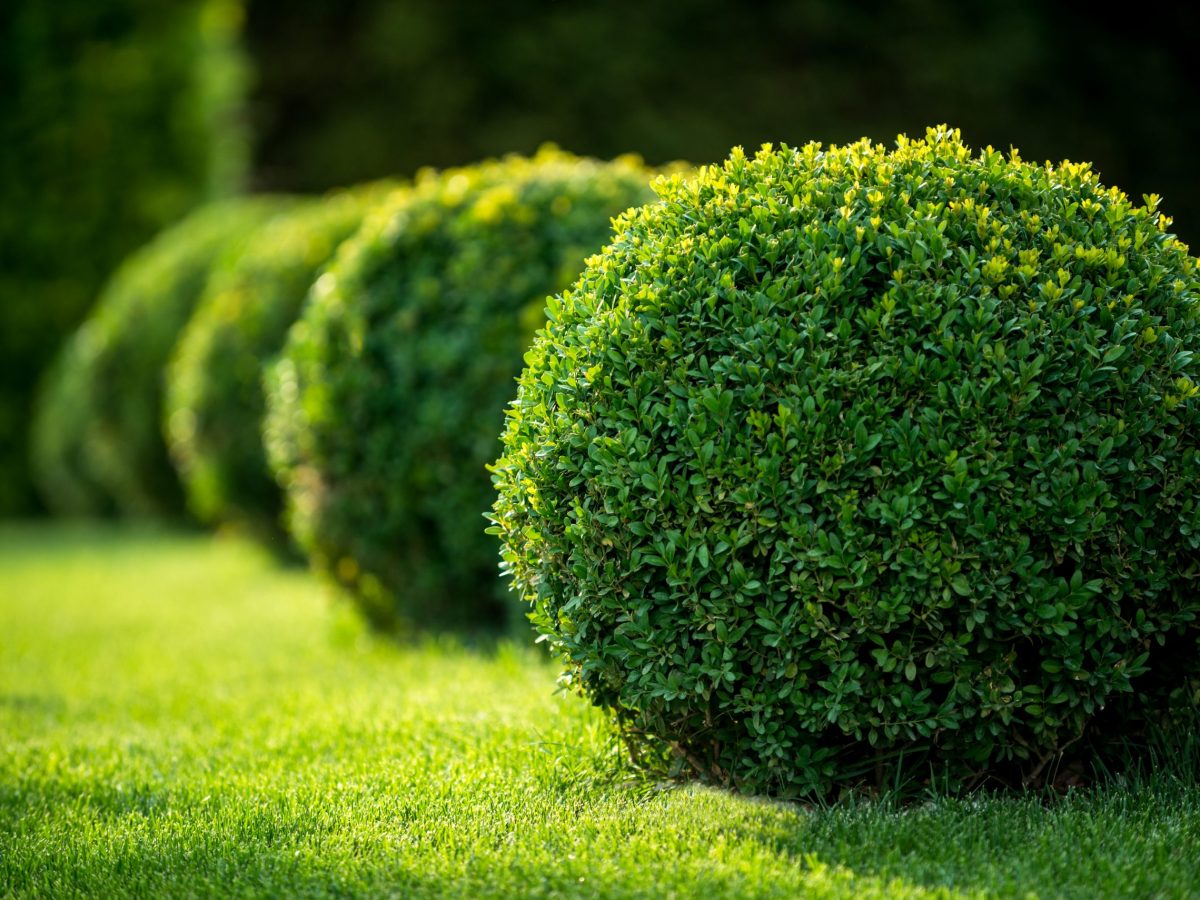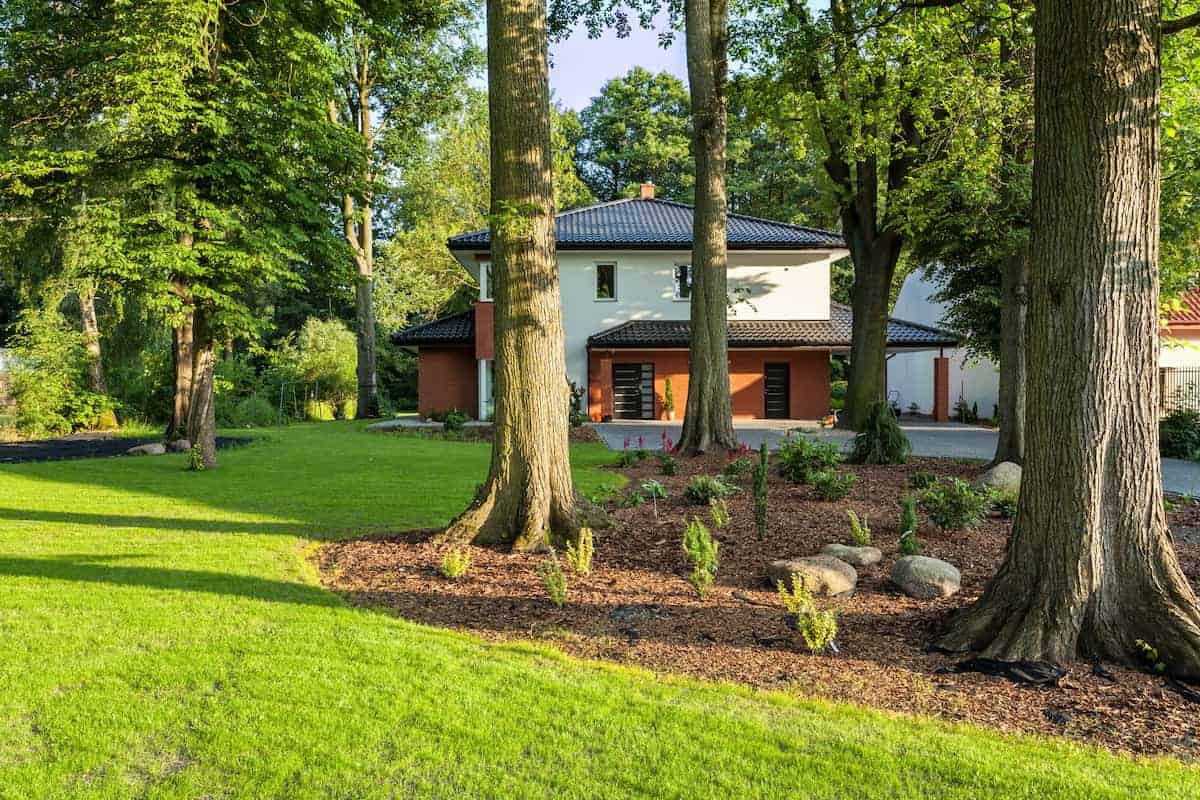Home>Gardening Techniques>Seasonal Gardening>When To Plant Evergreen Trees


Seasonal Gardening
When To Plant Evergreen Trees
Modified: January 22, 2024
Looking to plant evergreen trees? Learn the optimal time for planting these trees with our seasonal gardening guide and ensure a thriving garden.
(Many of the links in this article redirect to a specific reviewed product. Your purchase of these products through affiliate links helps to generate commission for Chicagolandgardening.com, at no extra cost. Learn more)
Table of Contents
Introduction
Gardening enthusiasts know that maintaining a beautiful and vibrant garden requires careful planning and attention to detail. Whether you have a spacious backyard or a small balcony, adding evergreen trees can bring lasting beauty and provide year-round foliage. These trees are known for their ability to retain their leaves throughout the year, even during the colder months when other trees shed their foliage. When it comes to planting evergreen trees, timing is crucial to ensure their successful establishment and growth.
Planting evergreen trees offers a multitude of benefits. They not only provide privacy and shade but also enhance the overall aesthetic appeal of your outdoor space. Whether you’re looking to create a natural, tranquil environment or add a focal point to your landscape, evergreen trees are an excellent choice.
However, it’s important to consider various factors before determining the best time to plant evergreen trees. The climate, specific tree species, and soil conditions in your area play a significant role in determining the optimal planting time. By taking these factors into account, you can ensure that your evergreen trees thrive and flourish for years to come.
Factors to Consider
Before embarking on your journey to plant evergreen trees, there are several important factors to consider. By taking these factors into account, you can ensure that your trees have the best chance of thriving and adding beauty to your garden. Let’s explore these key considerations:
- Climate: Different evergreen tree species have specific climate preferences for optimal growth. Some evergreens prefer cooler climates, while others thrive in warmer regions. It’s essential to research the climate requirements of the specific types of evergreen trees you’re considering planting in your area.
- Soil Conditions: Evergreen trees, like any other plants, have specific soil requirements. They thrive in well-draining soil that is rich in organic matter. Conducting a soil test can help you determine if any amendments are needed to optimize the soil conditions for your evergreen trees.
- Space Availability: Consider the available space in your garden when selecting evergreen tree varieties. Some species can grow quite tall and wide, so it’s important to ensure that you have enough room for their mature size without overcrowding other plants or structures.
- Sun Exposure: Different evergreen tree species have varying preferences for sun exposure. Some thrive in full sun, while others prefer partial shade. Understanding the sunlight requirements of your chosen tree species will help you determine the best location for planting.
- Maintenance Requirements: Consider the level of maintenance you are willing to commit to when selecting evergreen trees. Some species are more low-maintenance, while others may require regular pruning or specific care.
- Overall Landscape Design: It’s important to consider the overall design and aesthetic of your garden when selecting evergreen trees. Choose trees that complement the existing elements and create a harmonious and visually appealing landscape.
By carefully considering these factors, you can make informed decisions and choose the right evergreen trees for your garden. Remember that each factor plays a significant role in ensuring your trees’ long-term health and vitality.
Best Time to Plant Evergreen Trees
The best time to plant evergreen trees largely depends on your climate and the specific tree species you’re working with. However, there are some general guidelines to help you determine the optimal planting time. Let’s explore the different seasons and considerations for planting evergreen trees:
- Spring: Spring is often considered an ideal time for planting evergreen trees. This is because the soil is starting to warm up, and there is usually sufficient moisture available. Planting in the spring allows the trees to establish their root systems before the hot summer months arrive.
- Fall: Fall is another suitable time for planting evergreen trees, particularly in regions with mild climates. Planting in the fall allows the tree’s roots to establish before the dormant winter period. The cool temperatures and ample rainfall in the fall provide optimal conditions for root development.
- Winter: In some regions with mild winters, planting evergreen trees during the winter can be successful. However, it’s important to avoid planting during frozen or waterlogged soil conditions. It’s best to wait for a thawed soil period or choose container-grown trees that can be planted without disturbing the frozen ground.
- Summer: Planting evergreen trees in the summer can be challenging due to the intense heat and dryness. If you must plant in the summer, it’s crucial to provide extra care, such as regular watering and shading, to help the trees withstand the stress of establishing in hot weather.
It’s important to research the specific evergreen tree species you plan to plant, as some may have unique preferences and requirements. Consulting with local nurseries or gardening experts can provide valuable insights on the best time to plant specific tree varieties in your area.
Regardless of the season, ensuring that the trees are properly watered during the establishment period is crucial. Regular watering, especially during dry spells, will help the trees develop a strong, healthy root system.
Remember that planting times can vary depending on the specific climate conditions of your region. It’s always best to follow local gardening recommendations and take into account any microclimates in your area that may influence planting times.
Steps for Planting Evergreen Trees
Planting evergreen trees requires careful preparation and execution to ensure their successful establishment. Follow these steps to give your trees the best start:
- Choose the Right Location: Select a location that provides adequate sunlight and meets the specific needs of the evergreen tree species you’re planting. Consider factors such as soil conditions, drainage, and proximity to other plants or structures.
- Prepare the Soil: Prepare the planting area by removing any weeds, rocks, or debris. Loosen the soil to a depth of at least 12 inches to allow for proper root growth.
- Dig the Hole: Dig a hole that is wider and slightly shallower than the root ball of the tree. This will allow the roots to spread out and establish more easily.
- Inspect the Roots: Before planting, carefully inspect the roots of the tree. Trim any damaged or circling roots to encourage healthy growth.
- Place the Tree: Place the tree in the center of the hole, making sure it is at the same level as or slightly above the surrounding soil. Backfill the hole with soil, gently firming it around the roots as you go.
- Water Thoroughly: After planting, thoroughly water the tree to settle the soil around the roots and remove any air pockets. Continue to water regularly during the first year to ensure proper hydration.
- Mulch: Apply a layer of mulch around the base of the tree, leaving a gap around the trunk to prevent moisture buildup and potential rot. Mulch helps retain soil moisture and suppresses weed growth.
- Stake if Needed: If your tree is tall or prone to leaning, it may require staking for support. Use soft ties to secure the tree to stakes, making sure not to tie them too tightly to allow for some movement.
- Monitor and Maintain: Regularly monitor the tree for signs of pests, diseases, or watering needs. Provide proper care, including pruning, fertilizing, and watering, as recommended for the specific tree species.
Remember that each step is essential for the successful establishment of your evergreen tree. By following these steps and providing proper care, you give your trees the best chance to thrive and contribute to your beautiful garden for years to come.
Maintaining Evergreen Trees
Once you’ve planted your evergreen trees, it’s important to provide ongoing care and maintenance to ensure their health and longevity. Here are some essential tips for maintaining your evergreen trees:
- Watering: Adequate watering is crucial, particularly during the tree’s establishment period. Water deeply, ensuring the soil around the tree stays moist but not waterlogged. During dry periods, provide supplemental watering to prevent stress and keep the tree hydrated.
- Pruning: Regular pruning helps maintain the shape, size, and health of your evergreen trees. Remove any dead, diseased, or damaged branches, and thin out crowded areas to improve air circulation. Prune during the dormant season to minimize stress on the tree.
- Fertilization: Evergreen trees generally have low to moderate fertility requirements. Conduct a soil test to determine if fertilization is necessary, and choose a balanced fertilizer specifically formulated for evergreen trees. Follow the manufacturer’s instructions to avoid over-fertilization, which can harm the tree.
- Pest and Disease Management: Monitor your evergreen trees regularly for signs of pests or diseases, such as discoloration, distortion, or unusual growth. When issues are detected, promptly address them using appropriate integrated pest management techniques or seek professional assistance if needed.
- Mulching: Apply a layer of organic mulch around the base of the tree, extending a few inches beyond the drip line. Mulch helps retain moisture, regulate soil temperature, and suppress weed growth. Be careful not to pile mulch against the trunk, as this can create a moist environment that promotes rot.
- Protecting from Extreme Weather: Evergreen trees, while hardy, may still require protection from extreme weather conditions. Consider providing temporary shade during scorching summers and using burlap wraps to shield the trees from harsh winds and heavy snowfall.
- Regular Inspections: Conduct regular inspections of your evergreen trees to identify any issues or changes in their health. Look for signs of stress, such as yellowing leaves, stunted growth, or insect infestation. Address any concerns promptly to prevent further damage.
- Professional Consultation: If you’re unsure about the specific care requirements for your evergreen trees, consider consulting with a professional arborist or horticulturist. They can provide expert advice tailored to your tree species and local conditions.
By following these maintenance tips, you can ensure that your evergreen trees remain healthy, vibrant, and a beautiful addition to your garden. Regular care and attention will help them thrive, providing you with years of enjoyment and beauty.
Conclusion
Planting evergreen trees is a rewarding endeavor that enhances the beauty and value of your outdoor space. By considering factors such as climate, soil conditions, and space availability, you can select the right evergreen tree species for your garden. Timing is crucial, and planting in the spring or fall generally provides optimal conditions for the trees’ successful establishment.
When planting, follow the necessary steps, such as choosing the right location, preparing the soil, and providing adequate watering and mulching. Ongoing maintenance, including pruning, fertilization, and pest management, is essential for keeping your evergreen trees healthy and thriving. Regular inspections and professional consultations ensure that any issues are promptly addressed, preserving the beauty and longevity of the trees.
Remember, gardening is not just about planting and maintaining trees—it’s a journey that allows you to connect with nature and create a tranquil oasis. Enjoy the process of nurturing your evergreen trees, and witness the beauty they bring to your outdoor space year-round.
So, whether you want to create a secluded corner, add some shade to your patio, or simply enjoy the lush greenery, consider planting evergreen trees. With proper care and attention, these trees will reward you with their everlasting beauty and add a sense of tranquility to your garden for years to come.

